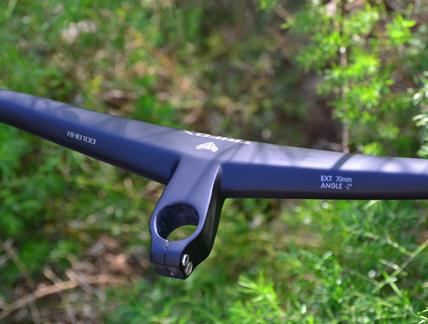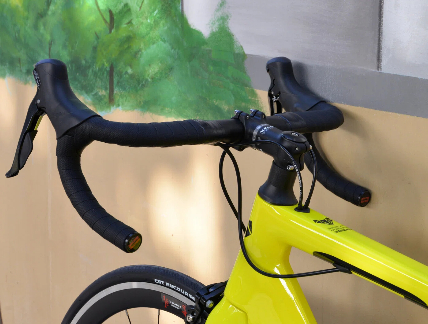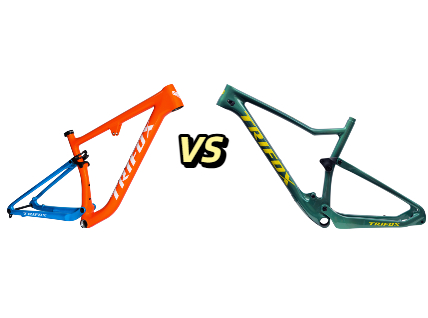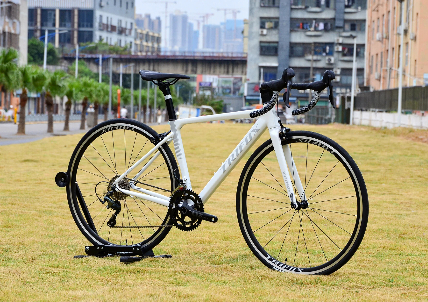Bicycle hub bearings are one of the most important components of a bike's wheel that keep you rolling smoothly on the road. Keeping them well-maintained can significantly improve your bike’s performance, longevity, and safety.
If you're a beginner in cycling, this guide will take you through the simple steps to servicing bicycle hub bearings.
1. Preparing your Bike
Before servicing your bike’s hub bearings, make sure you have all the right tools. You'll need a cone wrench set, a 10mm wrench, a pair of pliers, a rag, and some grease. Begin by removing the wheel and dropping the skewer. Then, take off the dust caps or the end caps covering the bearings.
2. Inspect the Bearings
Once the hub is removed, carefully inspect the bearings for wear and dirt. If the bearings look dusty and dirty, it's necessary to clean and repack them. To clean the bearings, use a rag and a solvent like WD-40. Don't forget to check the cones for wear.
3. Repacking the Bearings
The most critical part of servicing hub bearings is repacking them using grease. Apply a small amount of grease to your palms and rub the grease into the bearings until they're well-lubricated. Ensure that all the bearings are in place before screwing the cones back on.
4. Adjusting the Bearings
The next step is to adjust the bearings for proper tension. You want to have just enough resistance to keep the wheel from wobbling back and forth. You can do this by tightening or loosening the cones that hold the bearings in place, and then re-tightening the locknuts. Use the same tension on both sides of the wheel hub.
5. Finishing Touches
Finally, put the wheel back onto the bike and test it out. Spin the wheel to confirm that it spins smoothly. Lastly, take your bike for a short ride around to ensure it's functionally safer and can travel in good condition.
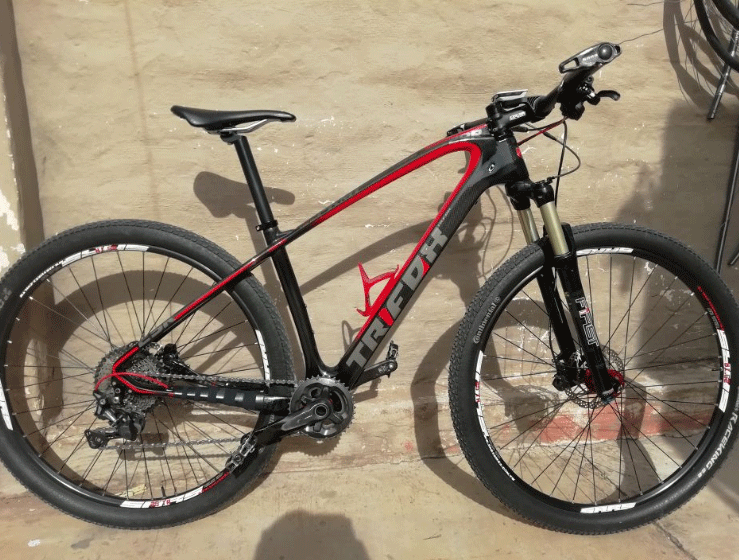
Conclusion:
In conclusion, servicing bicycle hub bearings may seem intimidating, but as you can see, it's not that difficult. Following these steps of cleaning, repacking, adjusting, and testing surprisingly gives your bike a longer service life. Not only does it save you money by not needing to replace your wheel or bearing, it also boosts riding efficiency. Getting to know the ins and outs of your bike and keeping it well-maintained means better performance, comfort, and a safer and more enjoyable ride.































































